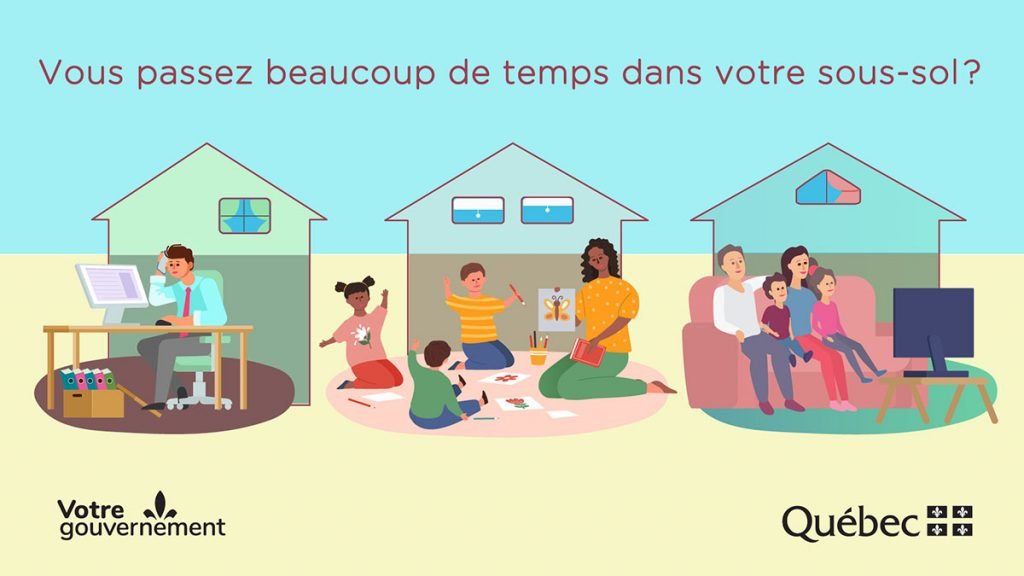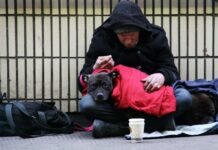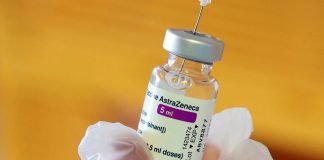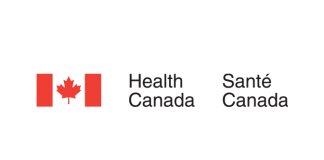
November: Radon Awareness Month
The Public Health Department of the Laurentides Integrated Health and Social Services Center (CISSS) is reminding the population of the Laurentians that exposure to high levels of radon in homes can pose a risk to their health. Since 2014, Health Canada has designated November as Radon Awareness Month.
Take a look at the
featured Local Savings
at the bottom of this page!
Do you spend a lot of time in your basement?
Probably more than in years past a lot of home owner have created an office in the basement for telecommuting and others have set up a child’s room there as well.
Radon is a carcinogenic radioactive gas of natural origin which comes from the disintegration of uranium present in the earth’s crust. Outside, it does not present any danger, because it is quickly diluted in the ambient air. This gas seeps into our homes, especially through the foundations. It can accumulate and reach concentrations that can pose a health risk.
Exposure to high levels of radon in indoor air increases the risk of lung cancer. It is the second leading cause of lung cancer after smoking and the leading cause in non-smokers. In Quebec, 10 to 16% of lung cancer deaths are associated with radon. This is more than 1000 deaths per year. As radon is invisible, odorless and impossible to detect by the senses, it is therefore important to ensure that the concentration of radon in your home does not exceed the recommended threshold.
How to protect yourself from radon?
The easiest way to find out the radon concentration in your home is to do a test using a measuring device called a dosimeter. You can do it yourself or hire a radon expert. If the test result shows a high level of radon in your home, remedial work can be done. Finally, as smokers exposed to radon strongly increase their risk of developing lung cancer than non-smokers, this is an additional motivation to quit smoking and have radon measured.
To learn more about the risks of radon, how to measure it and make your home safe, visit: https://www.santelaurentides.gouv.qc.ca/sante-publique/environnement/radon















